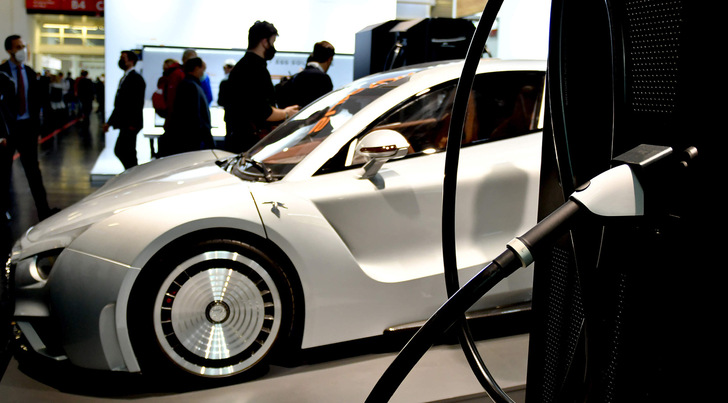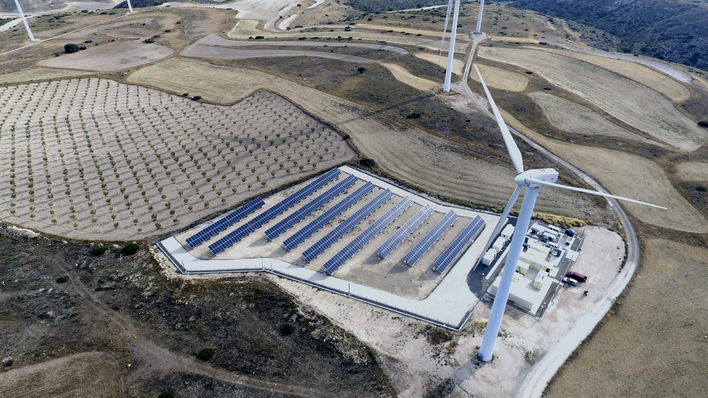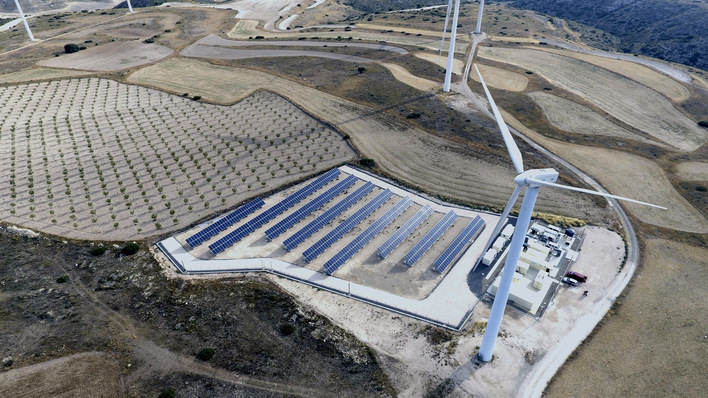130 million electric vehicles, up from 3.3 million today, will be on Europe’s roads by 2035, according to a joint Eurelectric-EY study unveiled recently. By then, 65 million chargers need to be installed to unlock a seamless user experience. Of those, 85% will be residential, while 4% will be on public highways.
The charging infrastructure rollout must keep up the EV market growth. It is thus urgent to tackle existing bottlenecks: permitting and grid connection delays of up to 36 months, funding constraints, availability and access to real-estate in strategic charging locations and interoperability restrictions.
More than 50% EVs can cause grid disruptions
The existing electricity grid will be able to accommodate the transition to EVs, but advance planning and coordination are needed to ensure that it copes with future peaks in energy demand and increased loads. Once EV penetration reaches 50% on an urban distribution network, uncontrolled charging could lead to voltage deviations and affect the quality of power supply.
See also: chargecloud certifies DC charging stations from EVBox
The Eurelectric-EY study explores several mitigating solutions to such challenges. A key is ensuring that charge points are situated where they deliver maximum customer convenience and provide the right investment incentives.
Main recommendations of the Eurelectric-EY study:
- digitalise the grid to understand, anticipate and optimise customer behaviour, grid impacts and network needs,
- install smart chargers to manage capacity and prevent the grid from buckling under the pressure of millions of EVs plugging in simultaneously,
- integrate energy storage solutions in the charging infrastructure for situations when demand for rapid and high-power charging is heightened. (mfo)
Also interesting: The world’s first electric asphalt paving machine








